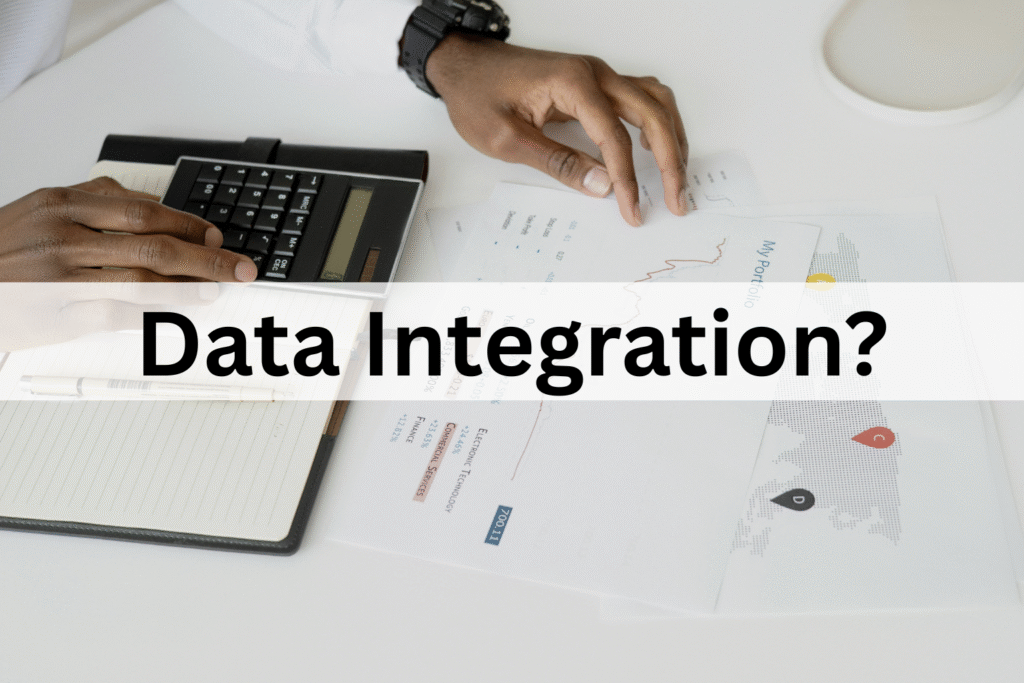What is ERP Migration in B2B?
Enterprise Resource Planning Migration (ERP Migration) refers to the planning where the the business switch their old system to new for future opportunities, The main goal is to make your business operations more smoothly and the process their are few factors and the changes is required to become be ready for future growth and survival for business by avoiding failures and This could be switching to a different software, upgrading to a newer version, or moving from a local system to the cloud.

Top 5 Major ERP Migration Errors
As we know a business requires clear goals and planning for future to perform the operations activities and survive the tech upgrading of today’s markets to avoid failures and losses to become a successful business and and during this just one change can destroy our business and can make our business successful as well but there are few Mistakes that should be avoided when we are upgrading our system such as tech, software and other required steps and these type of upgrades called ERP Migration or Enterprise Resources Planning.
1. Lack of Clear Goals and Planning
One of the biggest mistake while upgrading our Enterprise Resources Planning (ERP Migration), Not setting and clear objectives or goals and and as we know without clear goals and planning we cannot succeed anymore and this is not for business this is for our life as well and as we know, The ERP systems are complex, and without a solid roadmap, teams often struggle with confusion, misaligned expectations, and wasted resources. Clear goals help define success metrics, prioritize features, and keep the project focused.
Planning, on the other hand, ensures that timelines, responsibilities, and risk mitigation strategies are in place. When goals are vague or constantly shifting, teams may end up implementing unnecessary changes on day by day.
To avoiding these such worst mistakes during ERP Migration – Stop doing poor planning, start by clearly defining your ERP migration objectives, and set your goals and objectives by (Specific, Measurable, Achievable, Relevant, Time-bound). develop a comprehensive migration plan that includes timelines, resource allocation, risk assessments, data migration strategies, and a communication framework. Assign roles and responsibilities clearly to avoid confusion during execution.
2. Underestimating ERP Migration
If we are talking about ERP Migration so this is the one of critical procedures and this can be drop your business in profit and loss as well, so the main point is to understand that this is not a easy and plan accordingly. The many organizations assume it’s simply a matter of transferring data from the old system to the new one. In reality, but it’s far complex. due to Legacy systems often contain outdated, duplicate, or inconsistent data that must be cleaned, validated, and transformed to fit the new ERP structure.
Know how we can avoid this error? Start you journey by data auditing, know about inconsistencies and identifying about outdated information. and while performing this process, Need to cleanse and standardize your business data before migration. Involve data experts and test the migration process with sample data.
3. Not Proper Training
Mostly ERP Migration system will fail if users don’t know how to use it effectively. One of the most common mistakes during ERP migration is underestimating the importance of comprehensive user training. Organizations often focus heavily on technical implementation but overlook the end-users who will interact with the system daily.
Without proper Training, there are few mistakes – make critical errors, or revert to old processes, defeating the purpose of the migration. This lack of familiarity can also lead to low productivity, increased support requests, and frustration across teams.
To avoid this mistake – start training As Soon As Possible, Before doing ERP Migration, to avoid any improper practices, by following – Develop role-based training modules tailored to specific user needs. Use a mix of hands-on workshops, video tutorials, and user manuals. Provide ongoing support post-launch and encourage feedback to continuously improve user experience.
4. Ignoring Customization and Integration Needs
Another major mistake is to ignoring specific customization and integration requirements of your business. Many organizations assume that a one-size-fits-all ERP solution will seamlessly replace their legacy systems, only to find out later that essential workflows, third-party apps, or reporting tools no longer function as expected.
Without proper customization, the system may not align with your business processes, causing inefficiencies and user frustration. Similarly, if the ERP doesn’t integrate well with existing tools like CRM, payroll, or inventory systems, it can lead to data destroy the function and affect your business and sometimes affected by losses as not expected.
For the avoidance for this mistake, before selecting or migrating to an ERP. Identify critical workflows, integrations, and compliance requirements. It Involve both IT or Tech Tools and end-users to ensure the ERP is configured correctly. Always test customizations and integrations in a sandbox environment before going live.
5. Poor Budget Planning
In above mistakes we know the ERP Migration is very complex process, one of the biggest mistakes companies make is underestimating the true cost. Many organizations set an initial budget without fully accounting for hidden expenses like data cleansing, user training, system testing, post-launch support, or third-party integrations. This lack of foresight can lead to cost overruns, project delays, or even project abandonment.

When financial constraints hit mid-project, critical components like user training or change management are often the first to be scaled back—causing long-term issues.
To avoid this mistake we need to start with a detailed budget inclusive of both direct and indirect costs. licensing fees, consulting services costs, training, contingency funds, and post-implementation support. Consult with ERP experts and vendors to know about realistic financial expectations and their costs. Regularly review and adjust the budget as the project evolves.



